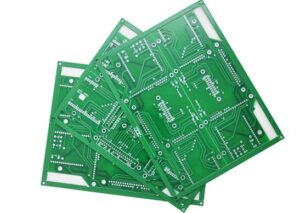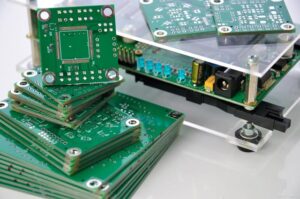Why do need to bake PCBs? What is the purpose of baking PCBs before surface mount processing? Generally, PCBs are baked in an oven before surface mount processing (except for special boards)? In SMT surface mount processing, baking the PCB plays several important roles:
1. Moisture removal: PCBs may absorb moisture from the air during storage and transportation. Humidity may have adverse effects on electronic components and soldering processes. By baking, moisture on the PCB can be effectively removed, ensuring that poor soldering or damage to components will not occur during subsequent soldering processes.
2. Prevent bubbles during soldering: Moisture in the PCB evaporates at high temperatures. If not baked beforehand, when the PCB enters the soldering process, moisture may form bubbles at high temperatures. These bubbles may cause the welding points to be unstable, affecting the reliability of electrical connections. By pre baking, the risk of welding bubbles can be reduced.
3. Improve the adhesion of components: Baking also helps to improve the adhesion of components on the PCB surface. This is crucial for the SMT mounting process, as components need to be firmly adhered to the PCB surface to ensure reliable connections.
4. Avoid thermal shock: The thermal shock caused by temperature changes on PCBs may have a negative impact on electronic components. By controlling the temperature during baking before production, thermal shock can be reduced or avoided, ensuring that electronic components are not damaged throughout the entire manufacturing process.
Overall, baking PCBs is to ensure that components can be reliably soldered to the PCB surface during SMT surface mount processing, improving product quality and reliability.
















